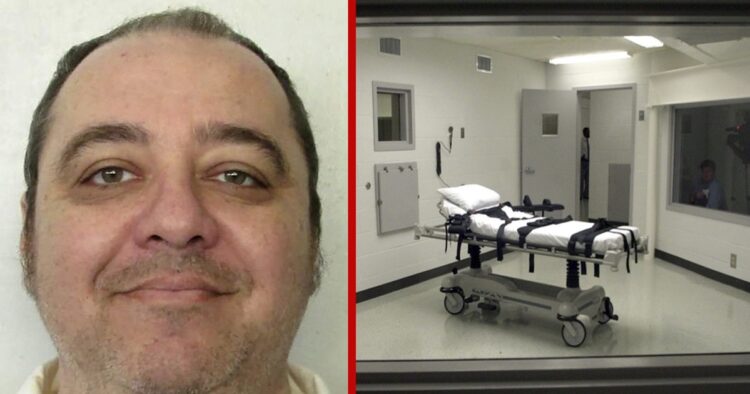In a historic move, Alabama is set to execute death row inmate Kenneth Eugene Smith using the untested method of nitrogen gas, making him the first person in the United States to face this controversial technique. The Supreme Court recently rejected efforts to halt the execution, which is scheduled for Thursday, January 25.
Smith’s legal team argued that attempting a second execution, following a failed lethal injection attempt in 2022, would be unconstitutional. However, the Supreme Court justices dismissed these concerns. Despite Smith’s plea to the 11th U.S. Circuit Court of Appeals to block the execution, a ruling from the court is still pending.
The state of Alabama, along with Oklahoma and Mississippi, has authorized the use of nitrogen hypoxia as an alternative method of execution. This process involves fitting the inmate with a mask and having them inhale nitrogen gas.
Kenneth Eugene Smith is accused of the murder-for-hire killing of Elizabeth Dorelene Sennett in Colbert County in 1988. Court records indicate that he claimed to have been paid $1,000 by the victim’s husband, Colbert County minister Charles Sennett Sr. Elizabeth Sennett suffered a brutal attack, being stabbed eight times in the chest and once on each side of the neck, according to the county coroner. Tragically, Charles Sennett died by suicide before facing charges.
The use of nitrogen gas in executions has raised significant concerns, as it has never been tested in such a setting. The Death Penalty Information Center notes that nitrogen gas has caused serious injury and death in industrial accidents. Between 2012 and 2020, 14 people reportedly died from nitrogen asphyxiation in workplace incidents. Additionally, in 2021, a nitrogen leak at a Georgia poultry plant resulted in six deaths and the hospitalization of eleven individuals due to nitrogen exposure.
As the nation watches, the execution of Kenneth Eugene Smith will mark a pivotal moment in the ongoing debate over the methods and ethics of capital punishment in the United States.

















Comments